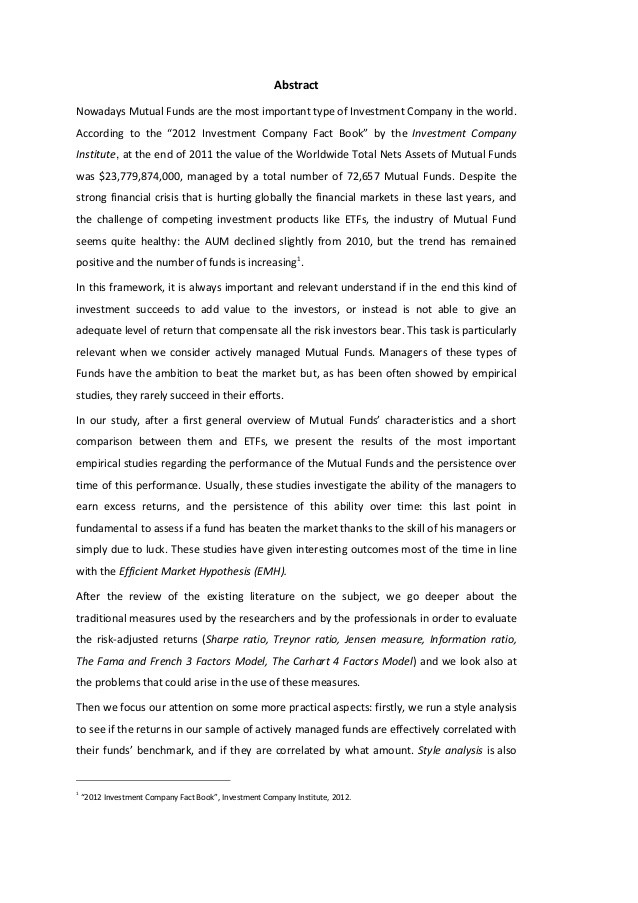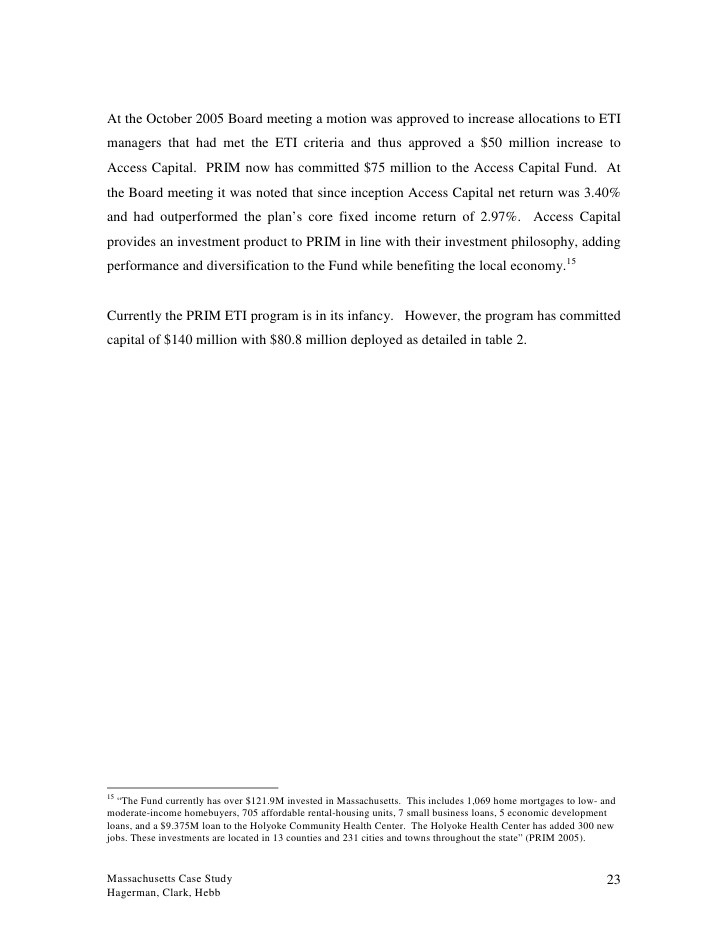Money Management Criteria to assess performance of investment managers
Post on: 16 Март, 2015 No Comment

Kevin B. Murray
Many factors come into play when one is selecting a money manager. A manager’s historical return compared to a benchmark determined by one’s risk level is one very important factor to look at. That raises the question of what time period or periods should one look at. All too often one looks at how a manager did compared to the relevant benchmark, in the last year, year to date or even the most recent quarter.
While those numbers are of some value, there are better ways to compare a manager’s performance to a benchmark. Data showing performance for one or a few specific periods (especially short periods), all having the same end date, provide information only on how the manager performed in the type of market that occurred in the period preceding the given single end date.
An investor wants to place his/her funds with the best possible manager available. That decision requires looking at many variables, but performance is certainly one of the more important considerations. Thus an investor would like to see a comprehensive way to compare how managers compare to one another in performance across differing market conditions. Performance over a number of rolling multi-year periods provides a significant amount of valuable information to one seeking an investment firm.
Consistency of performance relative to a benchmark should be a very important consideration when entrusting your funds to a manager. The periods chosen for comparison ought to have a relationship to the holding period the investor expects are relevant to his particular situation. Given that investors should and usually do have an expected holding period well beyond a year or two, and usually exceeding that of one business cycle, looking at how a manager performs over longer periods of time and in different market environments is of great value.
A good way to see how consistent a manager’s performance is to an agreed-upon benchmark, is to make the comparison over a number of different rolling time periods. To do this we have to decide on an appropriate time period and choose a start date. The Goldilocks question is: “What time period is too short, what is too long and what is just right?” Most will agree a year or two is too short and above 10 years is probably too long. A five-year period seems to fit the bill, but one could argue for seven or 10 years as well.
Seeing how a manager performed compared to that of the appropriate index for a number of rolling five-year periods, ending at the last full quarter (Sept. 31), will show how the manager did in a variety of market conditions as opposed to just the most recent period only. The periods looked at would include the five most recent years, Oct 1, 2008, to Sept 31, 2013; but would also include a number of other different five-year periods. The “rolling” comes from removing the latest year and replacing it with the year before the prior period began or, Oct 1, 2007, to end of Sept. 2012, and then Oct 1, 2006, to end of Sept. 2011 and continue for as many periods as one wishes. Fourteen such periods would give you information on all five-year periods ending on the last day of September for the years from 2000 to 2013.
These 14 five-year periods would provide information on return for the last 18 years, which would include a large variety of market conditions. This would show whether the manager is a one trick pony who does well only in a particular type of market or is one that adapts to the variety of circumstances that markets throw at you at various times.
Consistency of performance relative to a benchmark is something to be highly valued in a manager. If you choose a manager who did well over the last three years (a good period for equities) for example, but who did much worse than benchmark in 2000-2002 or in 2008 (poor market for equities) you might be in serious trouble if (when) we enter another bear market.
When deciding on which of several managers is right for you, you should ask them to provide you with history of their rolling returns relative to a given benchmark appropriate for you. Then you could see how each manager has performed relative to the benchmark you choose, in a variety of periods each with slightly or dramatically different market conditions. This will provide very valuable information to long-term investors. It will show how consistent each manager’s performance is over longer periods of time as well as what the volatility of their returns is compared to your chosen index.

Let’s look at an individual investor nearing retirement who decides an asset allocation of 60 percent equities and 40 percent fixed income best meets his/her current risk tolerance. A report this person might be interested in seeing is one that compares the performance of an investment managers portfolio with that asset mix, to that of an Index composed of 60 percent equity (40 percent S&P 500 and 20 percent All World minus US) and 40 percent Barclay’s Govt/Credit Bond Index.
This is a popular (though clearly not the only) asset allocation for individual retirement funds. The bar chart and accompanying performance numbers would compare returns of the investment manager to the index for a number of rolling five-year periods. The most recent period would be from Oct 1, 2008 to Sept. 31, 2013, with the next from Oct 1, 2007 to Sept 2012. You would go back for as many periods as you thought of value, with 10 to 15 five-year periods providing a wealth of information on performance for 14 to 19 years.
Comparing a few managers performance to the index in this way will show if there is a pattern of consistent strong performance or if the manager does well in some types of markets and poorly in others. This is valuable information to one seeking to hire an investment manager. The information in this one chart would provide considerably more information than simply looking at returns for the last quarter, YTD, last one-, three-, five-, 10- or even 20-year periods ending on the same date.
Performance during many rolling multi-year periods provides an excellent method to see how a manager has performed relative to a benchmark. Knowing the consistency of a manager’s performance, relative to a benchmark consistent with your investment needs, in differing market conditions, will provide valuable information when you look at what manager is the best fit for you. At Karpus Investment Management we provide this information to potential clients because we believe it is very valuable to them in making a wise choice of whom to entrust with their savings.
Kevin B. Murray is a vice president at Karpus Investment Management, a local independent, registered investment advisor managing assets for individuals, corporations, nonprofits and trustees. Offices are located at 183 Sully’s Trail, Pittsford, N.Y. 14534; phone (585) 586-4680.














